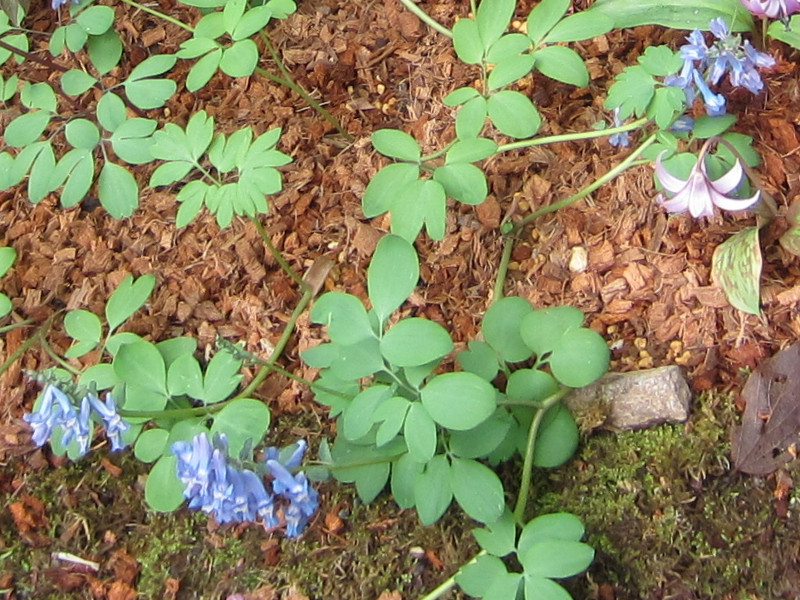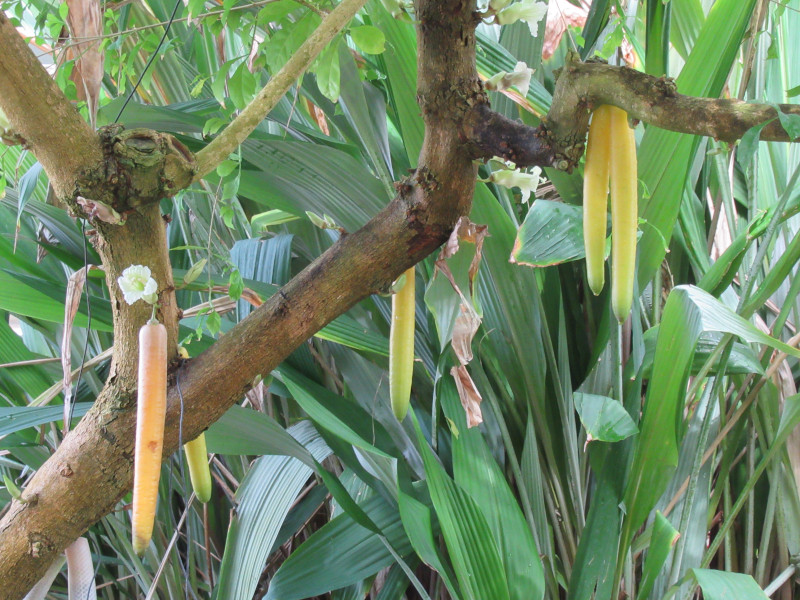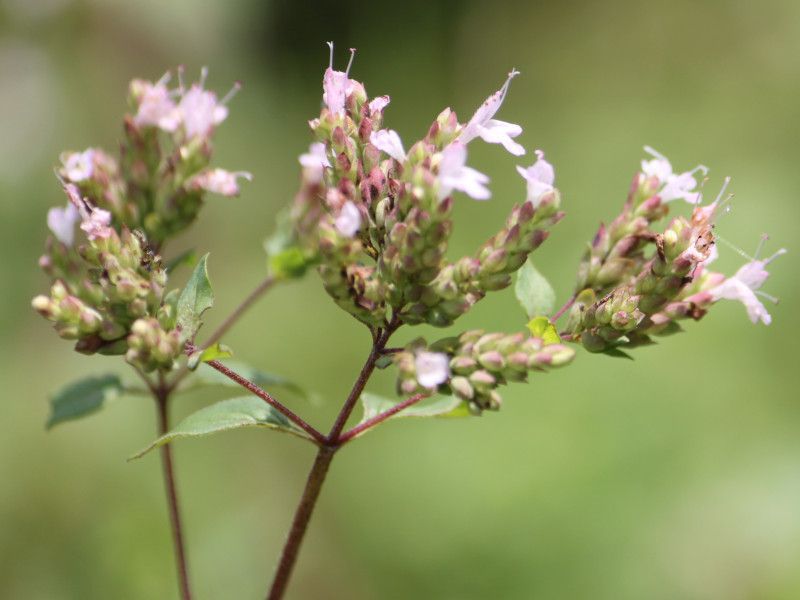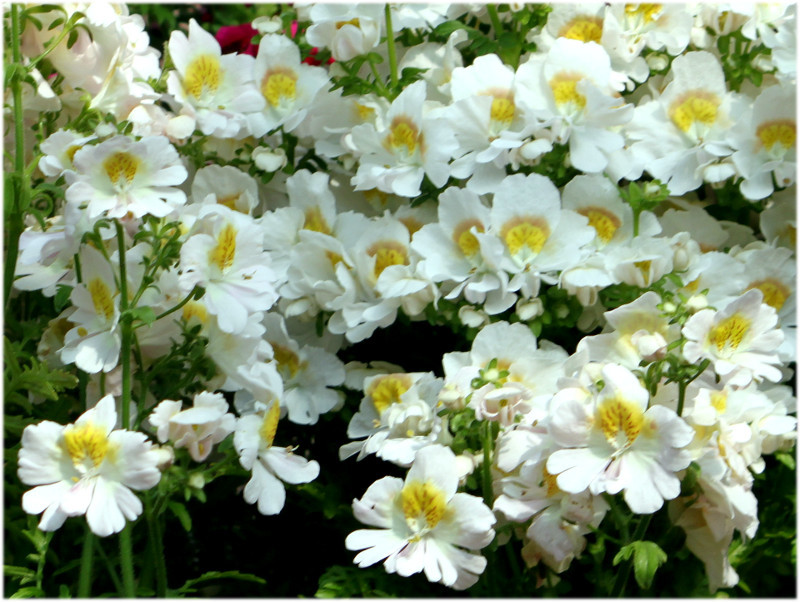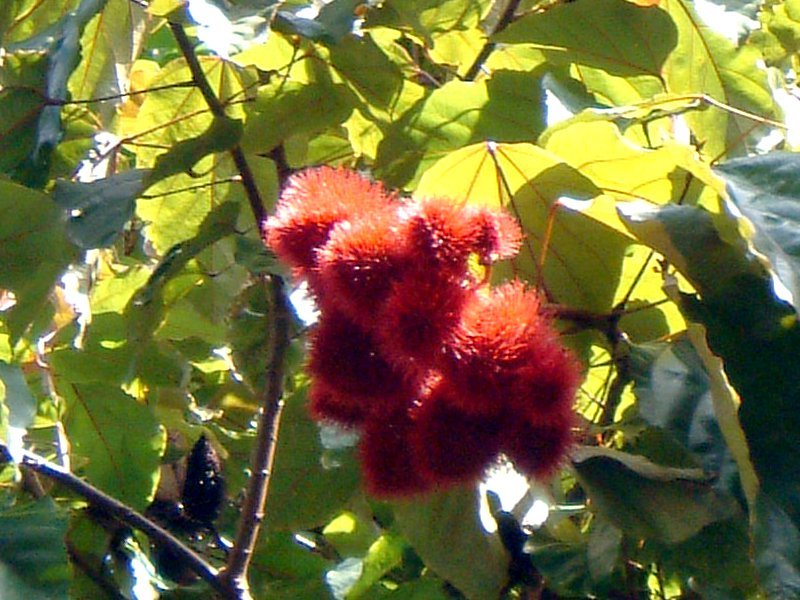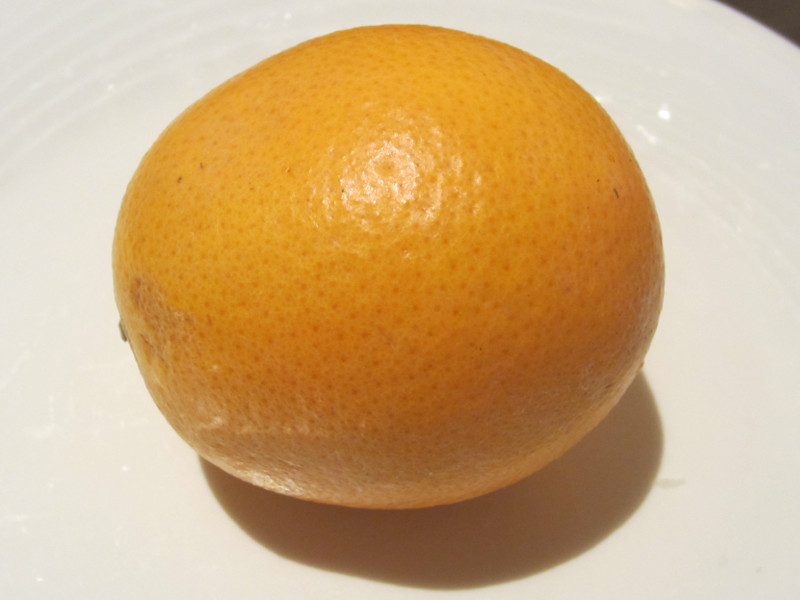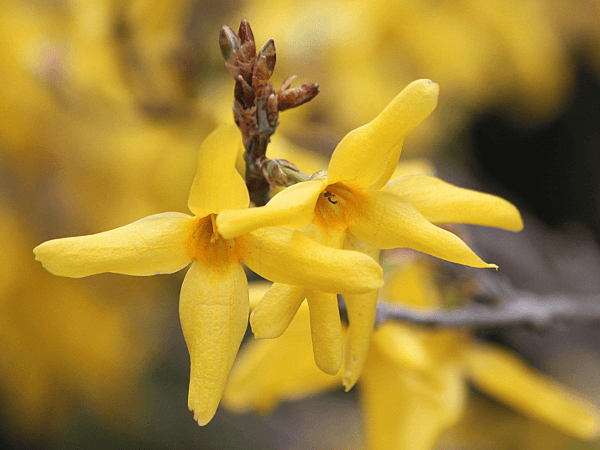Ezo Engosaku
- Flower nameEzo Engosaku
- Scientific nameCorydalis fumariifolia subsp. azurea
- Alias樺太延胡索, Corydalis
- Place of originSouthern Kuril Islands, Hokkaido, and Sakhalin
- Place of floweringLow mountains, Sub-alpine, Hokkaido
- Flowering seasonApril, May
What is Ezo Engosaku
Ezo Engosaku (scientific name: Corydalis fumariifolia subsp. azurea) is a perennial herb native to the Southern Kuril Islands, Hokkaido, and Sakhalin. The herb is 10 to 30 cm tall, and produces a total inflorescence from the tip of the flower stalk in the spring, with flowers with a talus. The flowers are blue at the beginning and gradually turn reddish purple. The above-ground part of the flower then dies, and the underground stem remains until the following spring.
It grows wild in the forest margins of the Southern Thousand Islands, Hokkaido, and Sakhalin. The dried underground spherical tuber is the Chinese herbal medicine "Yanhuoshaku. Unlike kikeman, the flowers and leaves are non-toxic and can be used as a vegetable. The tubers are used as a preserved food, and it is said that the Ainu people used to crush them and make rice cakes by exposing them to water.
Common name: Ezo Engosaku (scientific name: Corydalis fumariifolia subsp. azurea,← formerly C. ambigua, also known as Corydalis, Origin: Southern Kuril Islands, Hokkaido, Sakhalin, Environment: Fields, footpaths, seashores, Life-form: Perennial, Height: 10-30 cm, Leaf shape: 1-3 times trichomes, leaf margin: ovate, etc., Leaf color: Green, Flowering season: April - May, Flowering color: Blue to bluish purple, Corolla shape: Distent, Fruit Type: capsule, fruit shape: lanceolate, fruit length: 3-4 cm, uses: ornamental flower, herbal medicine, vegetable, special note: spring ephemeral.
